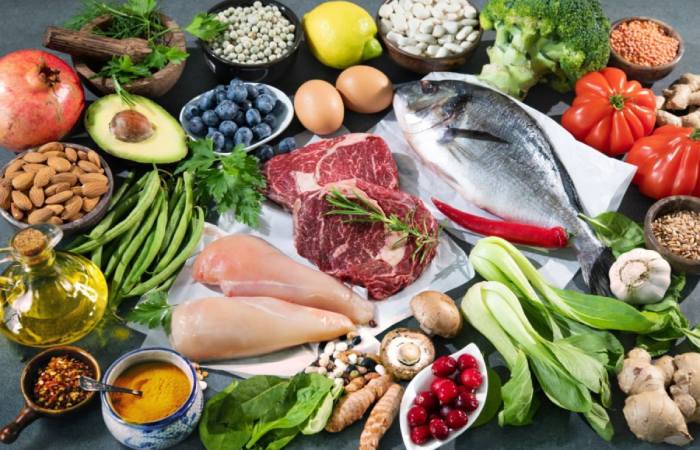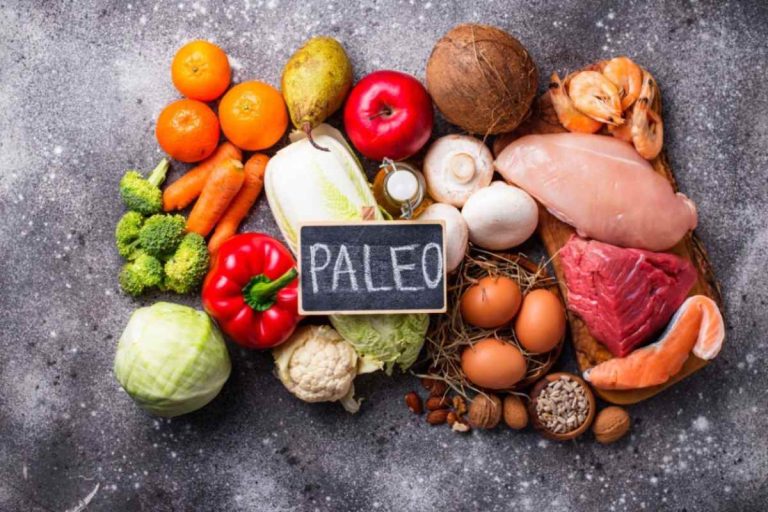Table of Contents
Definition
The Paleo Diet is a nutritional regimen that seeks to emulate our ancestors’ eating patterns during the Palaeolithic era, roughly 10,000 years ago. Supporters believe it can help with weight reduction, blood sugar management, energy, and other health advantages. The scientific community, on the other hand, has conflicting feelings about the diet.
While it emphasizes natural foods and avoids processed meals, it excludes grains and dairy, which can lead to nutritional deficits if not carefully managed. Before making large dietary changes, contacting a healthcare expert or certified dietician is best. The Paleo diet differs from other healthy diets in that it excludes whole grains, legumes, fiber, vitamins, other nutrients, and dairy products.
The Importance of a Paleo Diet
containing plenty of fruits and vegetables may reduce your chances of heart disease, including heart attacks and stroke.
It is also a good source of fiber, which can help reduce the chances of obesity or type 2 diabetes.
You can also get more vitamins a, c, e, which in turn boosts your immune system, which increases your body’s defense against germs and may help prevent cancer and other diseases.
While there is no ideal diet for diabetes, much research suggests that focusing the paleo diet on whole foods may help people with type 2 diabetes control their blood sugar, lower blood pressure, and lose weight.
Purpose of Paleo Diet
The goal of the Paleo diet or the stone-age diet is to return to eating, which is very similar to that of the first man.
Agriculture changed what people eat and made dairy products, cereals, and pulses essential to human food.
According to the hypothesis, this relatively late and rapid change in the food system exceeded the body’s ability to adapt. This heterogeneity is believed to contribute to the spread of obesity, diabetes, and heart disease these days.
Foods Used in Paleo Diet

foods you can eat during the paleo diet include:
- Vegetables.
- Fruit.
- Nuts.
- Seeds.
- Meats.
- Fish.
- Keto
- Eggs.
- Herbs.
- Spices.
In addition to oils from fruit or nuts, such as olive oil, coconut oil, and almond oil. It is worth noting that people who following it tend to choose organic grass-fed meat because it is less processed.
Foods to Avoid on a Paleo Diet
The foods you should avoid are:
- Grains, such as wheat, oats, and barley.
- Legumes such as beans, lentils, peanuts, peas.
- Dairy products.
- Refined sugar.
- Salt.
- Potatoes.
- Processed foods.
Paleo Diet Menu
The paleo diet or Stone age diet has become one of the utmost common ways to lose weight, so you won’t have difficulty finding daily recipes in books or online.
You can try a one-day paleo diet planner, including:
- Breakfast: onions, spinach, liver.
- Lunch: tuna, wrapped, lettuce.
- Snack: boiled eggs.
- Dinner: beef
- Dessert dish: ice cream made from coconut milk.
Disadvantages
It is an ineffective diet for continuous weight loss. It can be difficult for individuals to adhere to a diet that prevents many healthy body food items, which earn them many nutrients and vitamins the body needs every day.
- Fat and LDL cholesterol can increase over time, increasing your risk of heart disease.
- Not getting enough calcium also increases your risk of osteoporosis, rickets, and bone fractures.
- Individuals on the paleo diet – especially those with heart, kidney, liver, or pancreas or who want a low-carb diet – should follow up with a Dietitian.
Questions About the Paleo Diet Hypothesis
- The researchers believe that the assumption underlying the paleo diet may oversimplify how a person adapts to changes in his diet. however, arguments based on a deeper understanding of the evolution of human beings’ mental needs include:
- differences in diet due to geographical area, climate and food availability – not just the shift to agriculture – may also have shaped the development of food needs.
- Archaeological research had shown that first-person diets might have included wild grains for nearly 30,000 years before agriculture was known.
- Genetic research has also shown that radical changes continued beyond the stone age, including diet-related changes, such as increasing the number of genes associated with dietary carbohydrate cracking.
Results
In several randomized clinical trials, the paleo diet compared to other food plans such as the Mediterranean diet or diabetes diet. These trials generally suggest that it may offer some benefits compared to diets based on fruits, vegetables, lean meats, whole grains, legumes, and low-fat dairy products. these benefits may include:
- Losing more weight
- Increased glucose tolerance
- Better blood pressure control
- Reducing triglycerides
- Better control over appetite
However, long-term trials are needed on large groups of participants. Different diets are casually allocated to them to understand the potential public health benefits and risks of the it in general.
Conclusion
The Paleo Diet, which emphasises real foods and excludes manufactured meals, has been chastised for the potential dietary shortages it may cause if not adequately managed. Proponents say that the diet can result in weight loss, improved control of blood sugar, and more energy.
The diet tries to eat foods that early humans would have eaten, suggesting that our genes are not well-adapted to current diets caused by farming. This mismatch, which is thought to lead to overweight, diabetes, and heart disease, is based on the premise that farming increased availability to grains and legumes while also introducing dairy.


